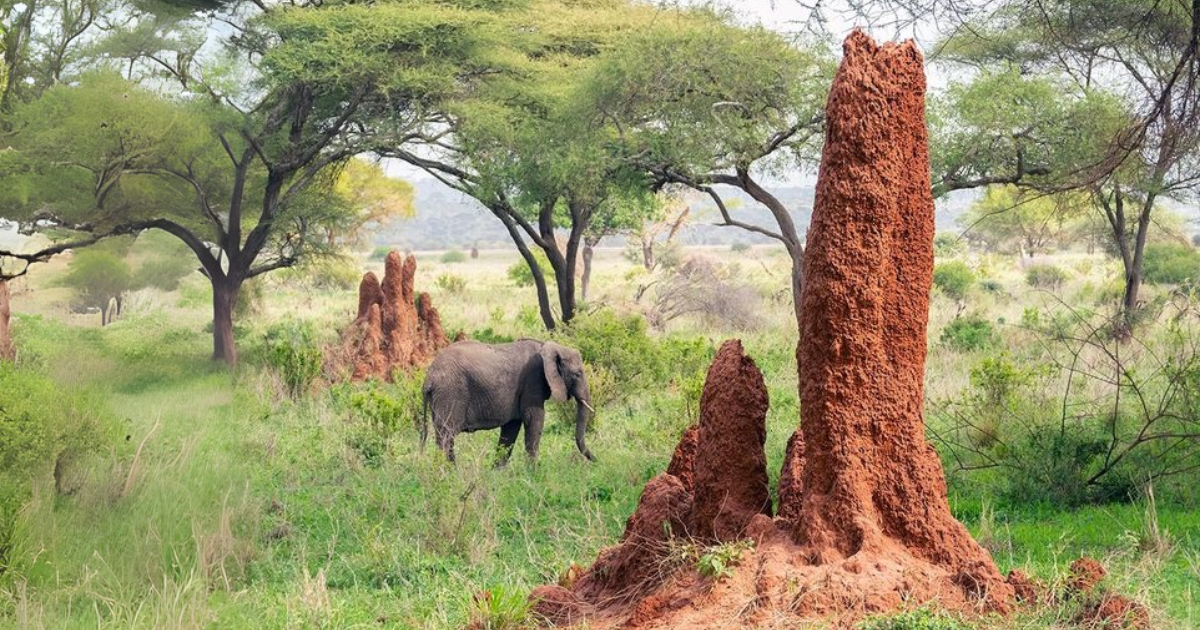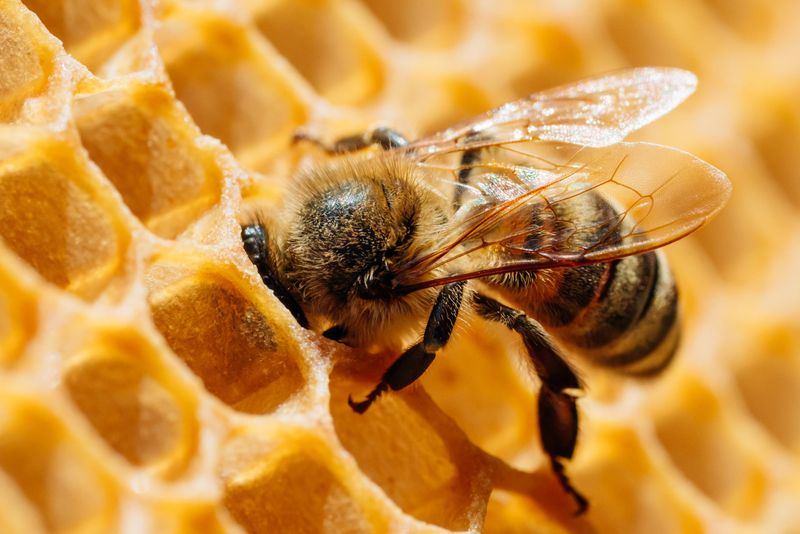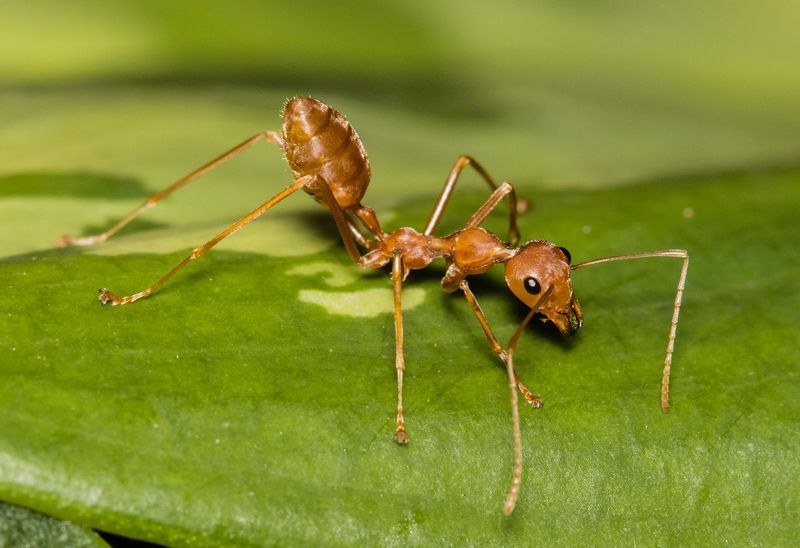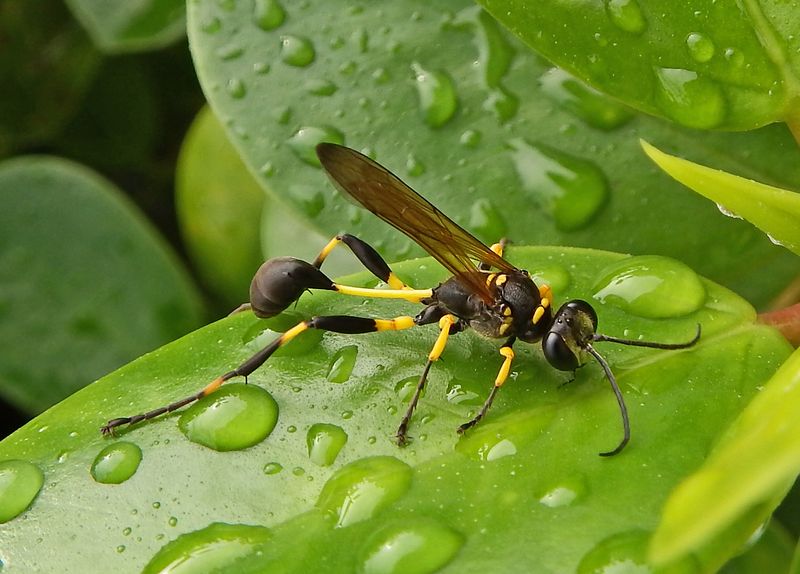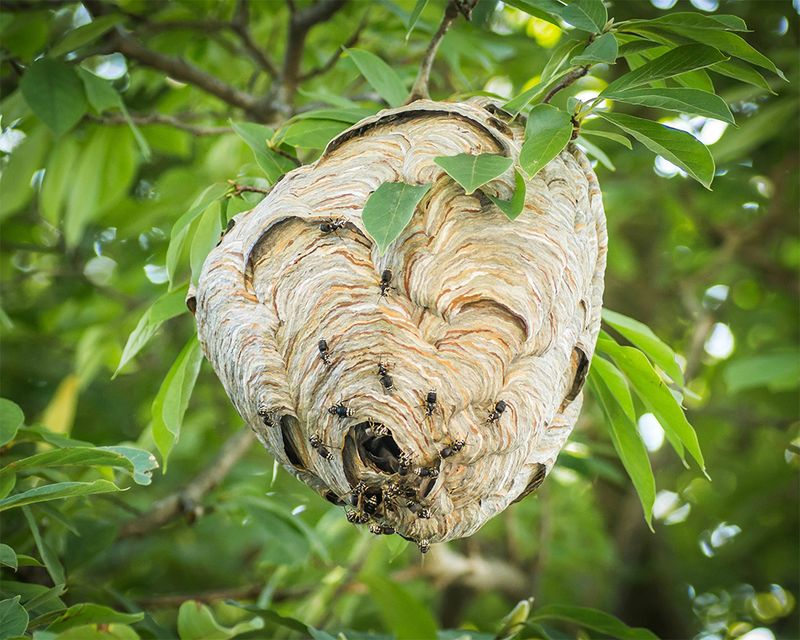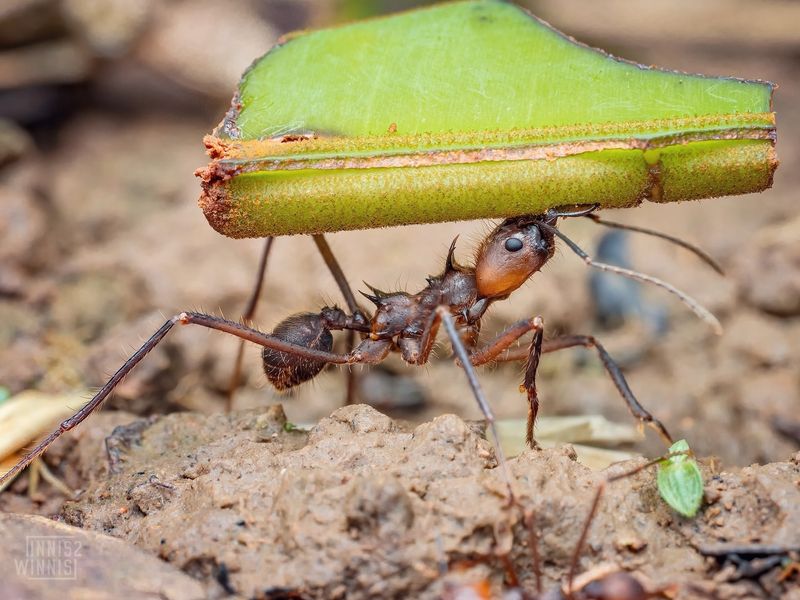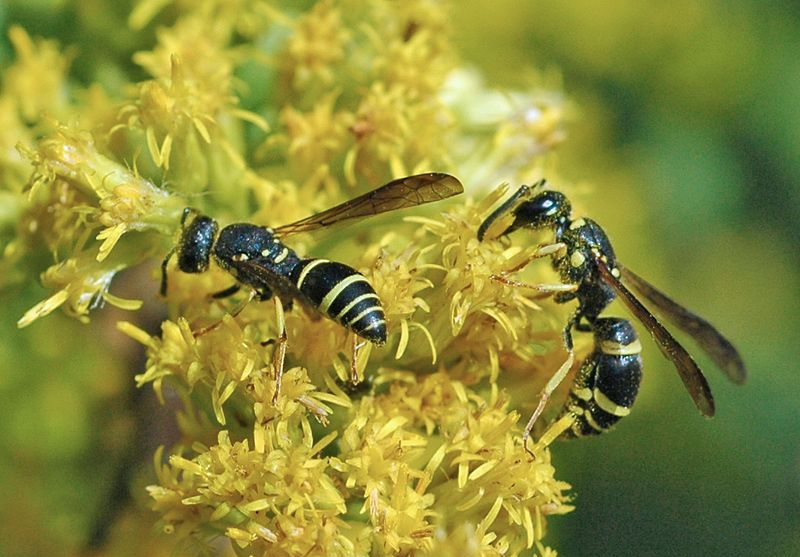📖 Table of Content:
The natural world is full of extraordinary engineers, and some of the most remarkable builders are insects. Despite their small size, these creatures create architectural marvels that rival human ingenuity in their complexity and purpose.
Each nest tells a story of survival, adaptation, and teamwork, often serving as a home, a nursery, or even a fortress against predators. These intricate constructions range from sprawling underground chambers to towering mounds and delicate silk structures suspended in the air.
What makes these nests even more fascinating is the variety of materials used and the ingenuity behind their designs. From mud and saliva to leaves and chewed wood, insects transform simple resources into elaborate structures that provide protection and comfort.
As we take a closer look at these tiny architects and their awe-inspiring creations, it’s hard not to be amazed by their skill and dedication to crafting homes that ensure the survival of their species.
1. Paper Wasp
Paper wasps are renowned for their architectural skills, crafting intricate nests from wood fibers. They chew the fibers and mix them with their saliva to create a papery substance. This material is then meticulously crafted into open combs of hexagonal cells that hang precariously from trees or eaves.
The design allows for efficient use of space and provides a lightweight yet sturdy structure. Within these walls, colonies flourish, raising new generations in the protective embrace of the nest.
The wasps’ ability to construct such detailed nests using basic materials is a testament to their incredible engineering skills. Observing a paper wasp at work offers insights into their disciplined approach to nest building, where every piece is carefully placed to ensure stability and functionality. Their nests, though common, are a wonder of natural construction.
2. Termite
Termites are master architects, known for their massive and complex mounds. These structures are not just heaps of soil but are carefully designed to maintain a stable internal environment. They regulate temperature and humidity, crucial for the survival of the colony within.
Termite mounds are equipped with ventilation shafts that allow for air circulation, a feature that speaks volumes of their engineering capabilities. Inside, a labyrinth of tunnels and chambers houses millions of termites, each space designed for specific tasks like nurseries, food storage, and royal chambers.
The sheer size and complexity of a termite mound are a testament to collective effort and communication. Watching termites at work reveals their unwavering dedication and the remarkable synergy that enables them to achieve such architectural feats. These mounds stand as monuments to termite ingenuity.
3. Honeybee
Honeybees are famous for their precisely structured hives, characterized by the iconic hexagonal honeycomb pattern. This efficient design maximizes space and resources, providing storage for honey and pollen while also serving as nurseries for larvae.
The wax used to build the combs is secreted by the bees themselves, showcasing their ability to produce and utilize resources. Each cell is crafted with precision, an engineering marvel that has inspired human designs.
Observing a hive reveals a harmonious community working tirelessly, each bee performing roles that contribute to the hive’s success. The honeycomb not only serves functional purposes but also exemplifies beauty in nature’s design. Honeybees, through their architectural skills, create a legacy of sweet abundance and structural brilliance.
4. Weaver Ant
Weaver ants are known for their unique approach to nest building, weaving leaves together using silk produced by their larvae. This method creates elaborate nests suspended among the branches of trees, camouflaged and secure.
The process begins with worker ants pulling leaves together, while others transport larvae to the edges. The larvae then produce silk, stitching the leaves into a cohesive structure. This teamwork and coordination are remarkable, with each ant playing a vital role in construction.
These nests provide protection and a communal space for the colony. Weaver ants demonstrate how collaborative efforts can result in impressive architectural achievements. Their nests are a testament to the power of unity and innovative use of natural resources.
5. Mud Dauber
Mud daubers are solitary wasps renowned for their unique nests made from mud. Unlike social wasps, each mud dauber constructs its own nest, often on walls or under eaves. These nests consist of smooth, cylindrical chambers where they lay eggs and store paralyzed prey for their larvae.
The construction process is solitary but meticulous. The wasp collects mud and shapes it into chambers, ensuring they are sturdy yet lightweight. This precision results in a secure environment for their offspring.
Watching a mud dauber at work highlights the delicate balance between strength and resourcefulness. These nests, though less intricate than those of social insects, showcase the individual’s capability to create a safe haven using available materials. They are a symbol of solitary craftsmanship in the insect world.
6. Bald-faced Hornet
Bald-faced hornets construct large, enclosed nests made from chewed wood fibers and saliva, creating a papery appearance. Suspended from trees, these nests resemble large, gray balloons with a textured surface.
The nest’s layered structure provides insulation and protection for the colony inside. It’s a bustling hive of activity, with hornets coming and going, maintaining the nest and tending to the young. The entrance is strategically located to allow for efficient traffic flow.
These hornets are protective architects, ensuring their nests are defensible against predators. The bald-faced hornet’s nest, both a home and fortress, is a marvel of natural engineering, demonstrating the species’ adaptability and resourcefulness in construction.
7. Leafcutter Ant
Leafcutter ants are renowned for their subterranean nests, complete with extensive tunnels and chambers. These nests are complex systems where ants grow fungus on collected leaf fragments, which serves as their primary food source.
The construction and maintenance of the nest involve an entire colony, each ant contributing to tasks like foraging, cutting leaves, and tending to the fungus gardens. This division of labor is crucial for the colony’s success.
Leafcutter ants demonstrate remarkable agricultural practices, turning their nests into self-sustaining ecosystems. Their ability to cultivate food underground showcases a blend of architectural and farming prowess. Observing a leafcutter ant nest provides insights into the intricate world of insect farming and communal living.
8. Potter Wasp
Potter wasps are solitary builders, crafting vase-like nests from mud. Each nest is a small masterpiece, resembling a tiny pot, often attached to twigs or plant stems. These nests house a single egg and a food supply for the developing larva.
The wasp collects mud and skillfully shapes it into a smooth, hard-walled structure. This artistry not only protects the offspring but also showcases the wasp’s precision and creativity. The nest’s design is both functional and aesthetically pleasing, blending seamlessly with its environment.
Potter wasps demonstrate that even solitary insects can be master architects, using simple materials to create secure and beautiful homes. Their nests stand as evidence of the delicate balance between art and practicality in the insect world.
